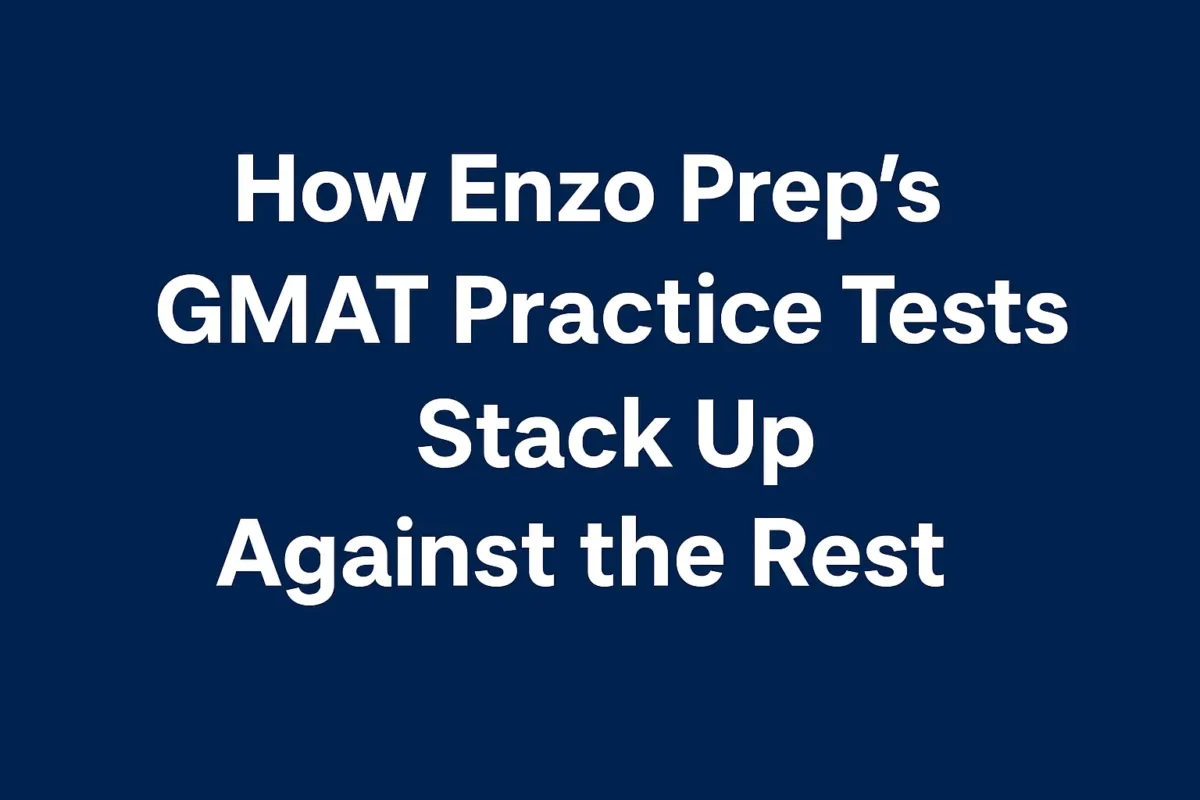Achieving your dream of attending a top business school doesn’t just depend on your raw GMAT score. Understanding GMAT percentiles plays an equally crucial role in your application process.
What Are GMAT Percentiles and Why Do They Matter?
When you receive your GMAT score, you’re also given a percentile ranking. But what does this mean? Essentially, your percentile rank shows how you performed relative to other test-takers. For example, a GMAT score in the 85th percentile means you scored better than 85% of all candidates who took the test. This percentage offers valuable insights into your competitiveness for admission into business schools.
Most top-tier MBA programs are highly selective, and they use these percentiles to compare you with other applicants. A school may have hundreds of applicants with GMAT scores between 700 and 750, but percentiles allow them to see exactly how your score stands in comparison to others. Admissions committees typically prioritize applicants who are in the higher percentiles, making percentiles a critical aspect of your GMAT performance.
Understanding GMAT Score Distribution
The GMAT score distribution refers to how test scores are spread among test-takers. Unlike a normal bell curve, the GMAT’s score distribution is skewed, with a concentration of scores falling around the middle. A small increase in points can significantly affect your percentile, especially when you’re aiming for top programs.
For example, a score of 700 places you in approximately the 88th percentile, while a score of 720 boosts you to the 94th percentile. That 20-point jump can make a world of difference in your application. Schools that consider percentile rankings closely will view the higher score as a stronger indicator of your readiness for their programs.
The GMAT Percentile Chart: A Key Tool
The GMAT percentile chart is a valuable tool for understanding how your score compares to the scores of other test-takers. Here’s an example of what a GMAT percentile chart might look like:
| GMAT Score | Percentile |
| 800 | 99% |
| 750 | 98% |
| 700 | 88% |
| 650 | 73% |
| 600 | 55% |
| 550 | 41% |
| 500 | 27% |
By analysing this chart, you can determine where you need to fall if you want to be in a certain percentile. For example, if your goal is to score in the top 10%, you should aim for a score of around 720 or higher. Having a clear understanding of the GMAT percentile chart allows you to set realistic goals based on the program you are targeting.
How Business Schools Use GMAT Percentiles
Business schools don’t just look at your overall GMAT score—they also use GMAT score percentiles to evaluate your performance in different sections of the exam. For instance, you may have a strong score in the Quantitative section but a weaker score in Verbal. Schools that emphasise balanced skills will use these percentile breakdowns to assess your fit for their programs.
Let’s say you score 700 on the GMAT, which is typically in the 88th percentile overall. However, your Verbal score might be in the 95th percentile, while your Quantitative score may be lower, in the 75th percentile. Admissions committees will look at these individual percentiles to ensure that you have the well-rounded skills necessary for their MBA program. Therefore, striving for balance across sections is just as important as hitting a high overall percentile.
Setting Realistic GMAT Goals Based on Percentiles
If you’re targeting a highly selective program, it’s essential to understand what percentile you need to reach. Many top 10 MBA programs require applicants to be in the 90th percentile or above, while less selective schools may consider applicants in the 75th percentile range. To give you a clearer picture, here’s a quick guide:
- Top 10 MBA programs: Aim for the 95th percentile or higher (typically a score of 720+).
- Top 25 MBA programs: Aim for the 85th to 90th percentile (700+).
- Competitive MBA programs: Scores between the 75th and 85th percentiles (650-700) are often sufficient.
By understanding what percentile range your target school values, you can set a realistic GMAT score goal and adjust your study plan accordingly.
How to Improve Your GMAT Percentile
Improving your percentile requires more than just increasing your overall score. You need to develop a strategic study plan that addresses your weaknesses while also building on your strengths. Here are some tips to help you raise your percentile:
- Identify Weak Areas: Use practice tests to figure out where you’re losing points, whether it’s the Quantitative section, Verbal section, or Analytical Writing Assessment.
- Time Management: One of the biggest challenges on the GMAT is time. Practicing under timed conditions can help you manage the clock more effectively during the actual test.
- Master High-Yield Topics: Certain topics appear more frequently on the GMAT, such as data sufficiency in the Quantitative section or sentence correction in the Verbal section. Focus on these areas to boost your score more efficiently.
- Take Full-Length Practice Tests: Simulate real exam conditions by taking full-length tests. This will not only improve your endurance but also help you manage stress on test day.
Conclusion: Why Percentiles Matter for Your Academic Goals
Your GMAT percentile can be the difference between acceptance and rejection when applying to business schools. The percentile ranking offers admissions committees a clearer view of how you perform compared to other applicants. By understanding GMAT score distribution and using the GMAT percentile chart, you can set achievable goals that align with your academic aspirations.
For those aiming to maximise their steps by steps guide GMAT performance and gain MBA admission to their dream programs, Enzo Prep offers personalised GMAT prep solutions designed to help you excel. Visit Enzo Prep to learn how we can guide you toward success on the GMAT and beyond.
FAQs
- What is a GMAT percentile?
A GMAT percentile reflects how your score compares to other test-takers. For example, if you’re in the 85th percentile, you scored better than 85% of people who took the test. - Why do GMAT percentiles matter?
Business schools use percentiles to see how you compare with other applicants. A high percentile can make you a more competitive candidate, even if your raw score is similar to other applicants. - How can I improve my GMAT percentile?
Focus on your weak areas, practice time management, and take full-length practice exams. Improving even a few points can significantly boost your percentile ranking. - What percentile should I aim for?
If you’re targeting a top 10 MBA program, aim for the 90th percentile or higher. For less competitive programs, a score in the 75th percentile may suffice.














